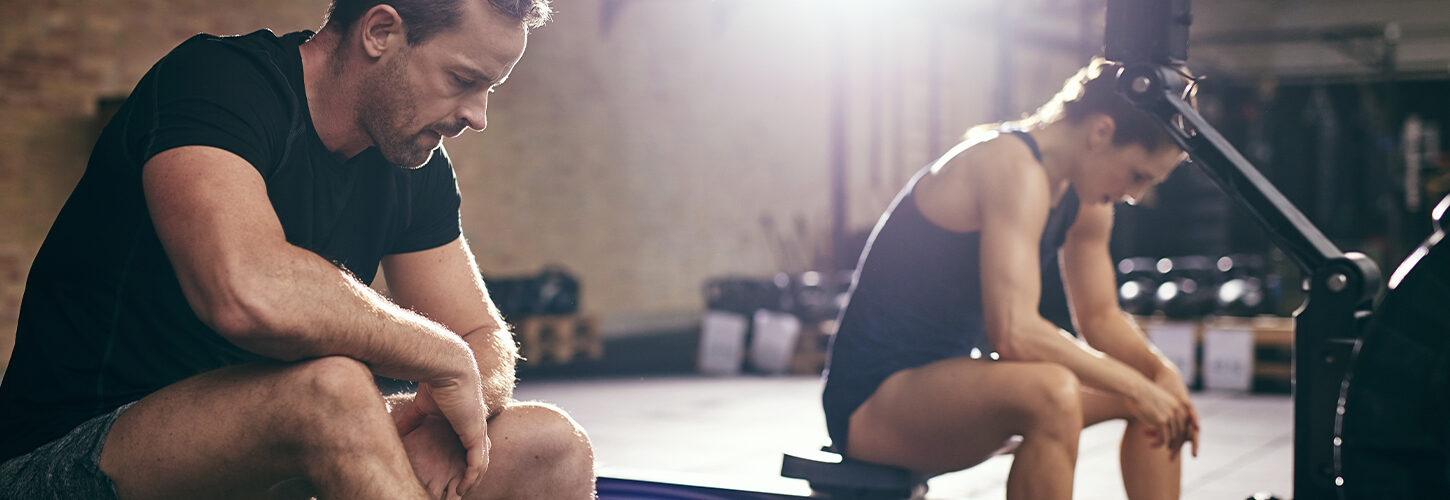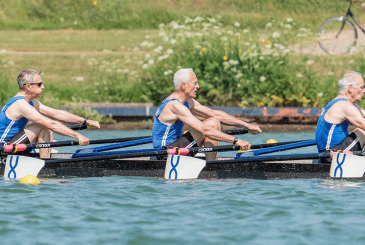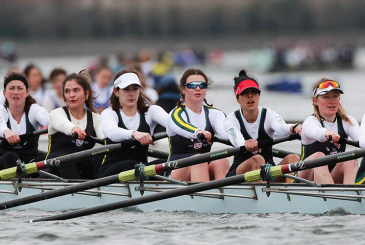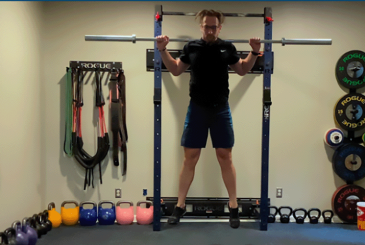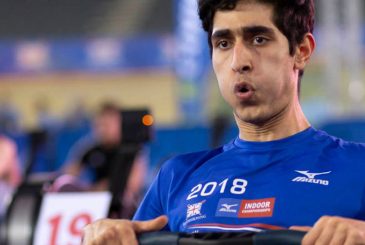A common phrase used in the world of on-water and indoor racing is ‘most races are won or lost in the middle 1000m’. Is it true? Well, yes. The middle 1000m is critical because it not only represents the largest section of the race, but it can consolidate your explosive start and set you up for a sprint finish. Get your middle 1000m right and you can maximise your speed and efficiency. Get it wrong and you can effectively run out of energy, blowing up before your reach the finish!
What contributes to a strong middle 1,000m on the ergometer?
There is no denying that ergometer rowing is a horsepower sport, with powerful athletes typically excelling. However, irrespective of whether you are just starting out or looking to take your performances to the next level, developing your aerobic endurance is fundamental for a strong middle 1000m.
Aerobic endurance describes the body’s ability to use oxygen to produce energy for extended periods. You can think of it as describing the size of your engine. Having a large, efficient diesel-truck type engine will enable you to sustain a high power output during the middle 1000m. In contrast, having a small, inefficient engine will mean you might struggle in the middle 1000m. The latter may also mean you risk depleting your limited anaerobic energy stores before the end of the race if you try to row at a split that you aren’t capable of holding.
In support of the above, elite rowers have well-developed cardiovascular systems which underpin the transport of oxygen from the environment to the muscles. In fact, research has shown absolute VO2max scores (a gold-standard measure of aerobic fitness) of approximately 6.6 L∙min-1 in elite male rowers (Mikulic, 2011). Such scores are some of the largest observed in the world of endurance sport.
How do you develop your aerobic engine?
There are many questions when it comes to how best to develop your aerobic engine. For example, should you train really hard for short periods of time or just mix all types of training intensities together? Although some rowing programmes will deviate in their methodology, many training models favour low-intensity, steady-state training. For instance, a report published on elite junior rowers demonstrated that over a 37 week period, 95% of rowing training was performed at low-intensity*, corresponding to a blood lactate concentration under 2 mmol∙L-1 (Guellich et al., 2009).
Despite clear differences in event duration, similar training practices have been observed in other endurance sports. For example, a retrospective study of a world class female cross-country skier (who competed in 1 hour+ events), showed that over 90% of her time spent endurance training was completed at low-intensity (Solli et al., 2017). Incredibly, this dedication towards low-intensity, steady-state training remained consistent throughout the athlete’s decorated 17 year career.
Why is low-intensity so important?
Doing the bulk of your training at low-intensities may seem counterintuitive given that your 2000m races on the ergometer will require all-out efforts. However, low-intensity, steady-state training stimulates physiological adaptations in the body that improve your muscles ability to produce energy using oxygen. For example, increases in blood volume and muscle capillarisation enhance the delivery of oxygen to your muscles. Likewise, low-intensity, steady state training increases the size of your mitochondria, which are considered the power factories of muscle cells.
Notably, such aerobic adaptations take time and require consistent training over weeks and months; this differs to anaerobic adaptations which are considered more short-term in nature. A colleague of mine once compared endurance training to baking a cake: you should spend most of your time focusing on baking a large sponge (i.e. aerobic adaptations). Only once this is baked can you decorate it with icing (i.e. anaerobic adaptations)!
What kind of impact can it have on performance?
Potentially huge! Your aerobic engine has a fantastic ability to keep improving with time. Even the most seasoned, elite rowers continue to reap the rewards of low-intensity, steady-state training. Although it could be argued that this type of training is only effective for elite athletes who have more time to train, research suggests that rowers of all abilities can benefit. Furthermore, improvements in your aerobic engine will not only aid 2000m racing but also rowing performance in general, whether you are training for a 5000m race or just to be able to complete a long row on the water with friends. Low-intensity, steady-state training also results in less fatigue, thereby allowing for larger training volumes to be completed, unlocking further performance gains. On top of this, with an improved aerobic engine, you might even notice an enhanced ability to recover in between training sessions.
Training to incorporate into your programme
See below for example low-intensity, steady-state training sessions that can be completed on the ergometer or water:
- 3 x 12 min @ r 18-20 with 90 seconds rest in between
- 2 x 5km @ r 18-20 with 90 seconds rest in between
- 3 x 6km/30 minutes @ r 18-20 with 90 seconds rest in between
The duration you choose to do in one session depends on your current fitness levels; for one athlete it may mean reaching the 30 minute mark, for another it may mean completing up to 18km. These low-intensity, steady-state sessions may seem relatively simple, but they really are the glue that will hold your rowing training programme together.
There is no need to worry if you don’t have access to an ergometer or the water right now, as employing different exercise modalities (e.g. running, cycling, and swimming) is also an effective way to boost your aerobic engine. Cross-training in this manner from 60 to 120 min will elicit the same aerobic adaptations as discussed previously, but will reduce the risk of overuse injuries caused by rowing. Cross-training is also a brilliant way to incorporate low-intensity, steady-state training if you prefer to do more high-intensity type sessions on the ergometer. It will also provide a bit of variety and give you a mental break from rowing! The critical point with all of the above sessions is they need to be completed at a low-intensity to stimulate aerobic adaptations. So, avoid the ‘no pain-no gain’ mantra. Consider the following to gauge your effort levels when exercising:
- Out of 10, regularly ask yourself how hard you are working. *Low-intensity training should equate to approximately a 3 or 4 out of 10 [see reference article – Rate of Perceived Exertion (RPE)]
- You should be able to have a comfortable conversation with some else
- If using a heart rate monitor, aim for approximately 60-70% of your maximum heart rate. If you notice your heart rate is climbing above this low-intensity training zone, slow down
References
- Mikulic, P. Maturation to elite status: A six-year physiological case study of a world champion rowing crew. Eur J Appl Physiol. 2011;111(9):2363-8.
- Guellich, A et al. Training methods and intensity distribution of young world class rowers. Int J Sports Physiol Perform. 2009;4(4):448-60.
- Solli, G.S et al. The training characteristics of the world’s most successful female cross-country skier. Front Physiol. 2017;18(8):1069.


